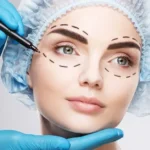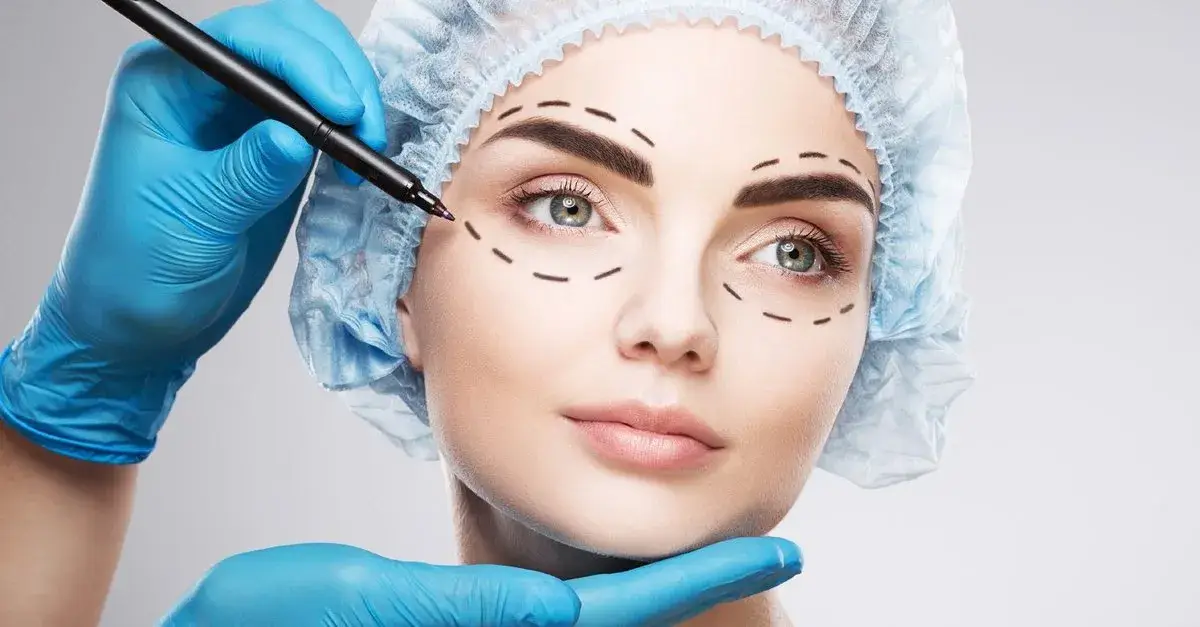Understanding Teeth Grinding
Teeth grinding, also known as bruxism, is a common condition affecting many people worldwide. It involves the involuntary clenching and grinding of teeth, often during sleep. This condition can lead to various complications, including headaches, jaw pain, and damaged teeth. Traditional treatments include mouthguards and stress management, but a new contender has emerged: Botox for teeth grinding management Birmingham.
How Botox Works for Bruxism
Botox, or botulinum toxin, is widely known for its cosmetic uses. However, its application in medical treatments is growing. For bruxism, Botox works by relaxing the muscles responsible for teeth grinding. When injected into the jaw muscles, it reduces their activity, providing relief from the constant tension.
Benefits of Using Botox for Teeth Grinding
One of the primary advantages of using Botox for bruxism is its effectiveness. Patients often notice a significant reduction in symptoms within days of treatment. Botox also offers a non-invasive alternative to other treatments, making it an attractive option for many. Furthermore, the effects of Botox can last several months, reducing the need for frequent interventions.
The Procedure: What to Expect
The Botox procedure for bruxism is straightforward. A healthcare provider will inject small amounts of Botox into the jaw muscles. The process takes only a few minutes and usually requires no downtime. Patients can resume their normal activities immediately after treatment. However, it’s essential to follow any aftercare instructions provided by the healthcare provider to ensure optimal results.
Potential Side Effects
While Botox is generally safe, it can have some side effects. These may include temporary pain at the injection site, muscle weakness, or flu-like symptoms. Serious complications are rare but can occur if the Botox spreads beyond the targeted muscles. Therefore, it’s crucial to seek treatment from a qualified professional.
Choosing the Right Practitioner
Selecting the right healthcare provider is vital for successful Botox treatment. Ensure that the practitioner is experienced in administering Botox for medical conditions. They should be able to assess your specific needs and determine the appropriate dosage and injection sites. Don’t hesitate to ask about their credentials and experience.
Long-Term Outlook
Botox offers a promising solution for those struggling with bruxism. Regular treatments can help manage the condition effectively, improving quality of life. However, it’s important to note that Botox is not a permanent cure. Ongoing treatments may be necessary to maintain the benefits.
Conclusion
The rise of Botox as a treatment for teeth grinding marks a significant advancement in dental health. Its effectiveness, minimal invasiveness, and quick results make it an appealing option for many sufferers. If you struggle with bruxism, consider discussing Botox with your healthcare provider to see if it’s the right solution for you.
Remember, managing teeth grinding can lead to a healthier, more comfortable life.











